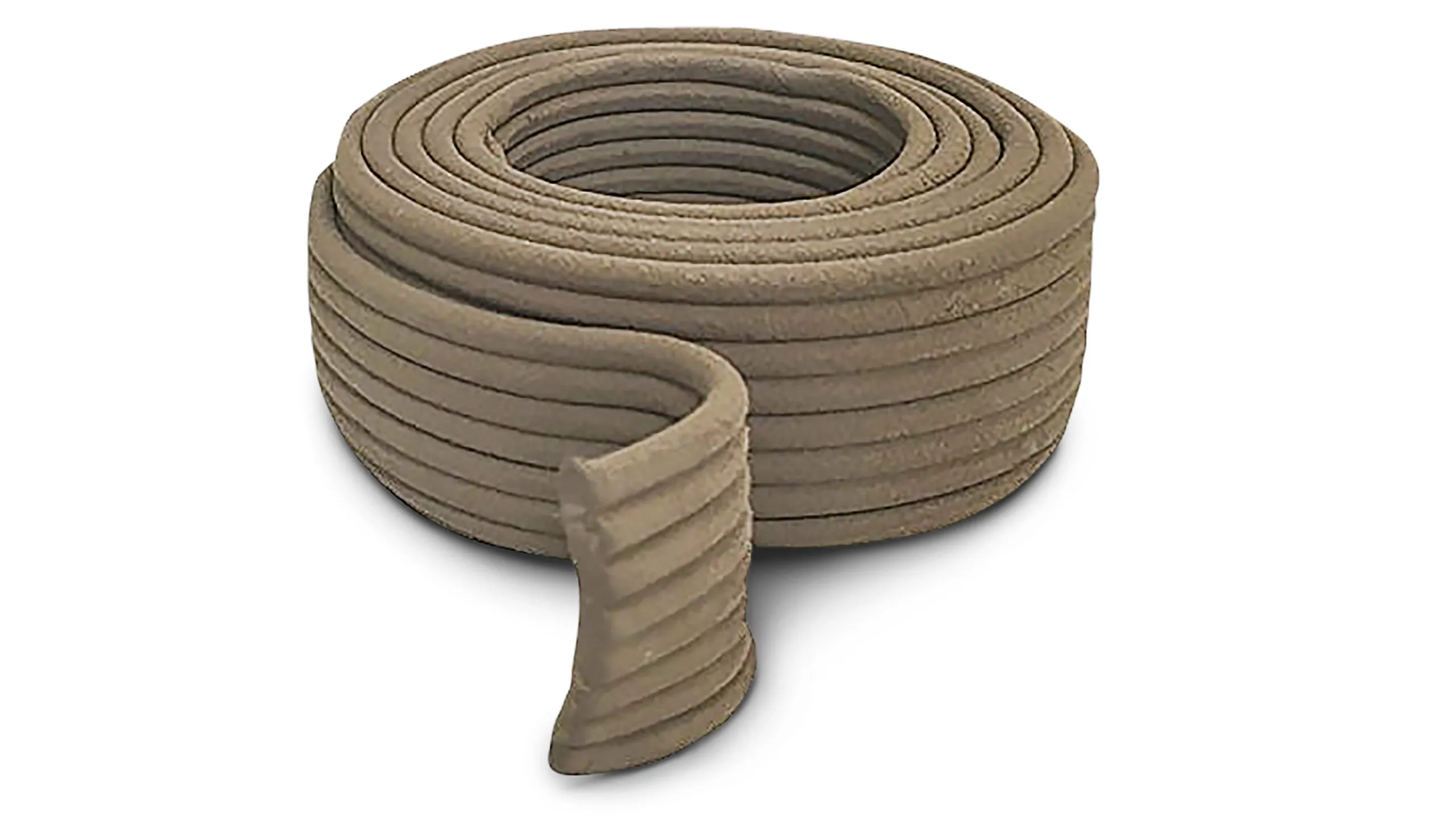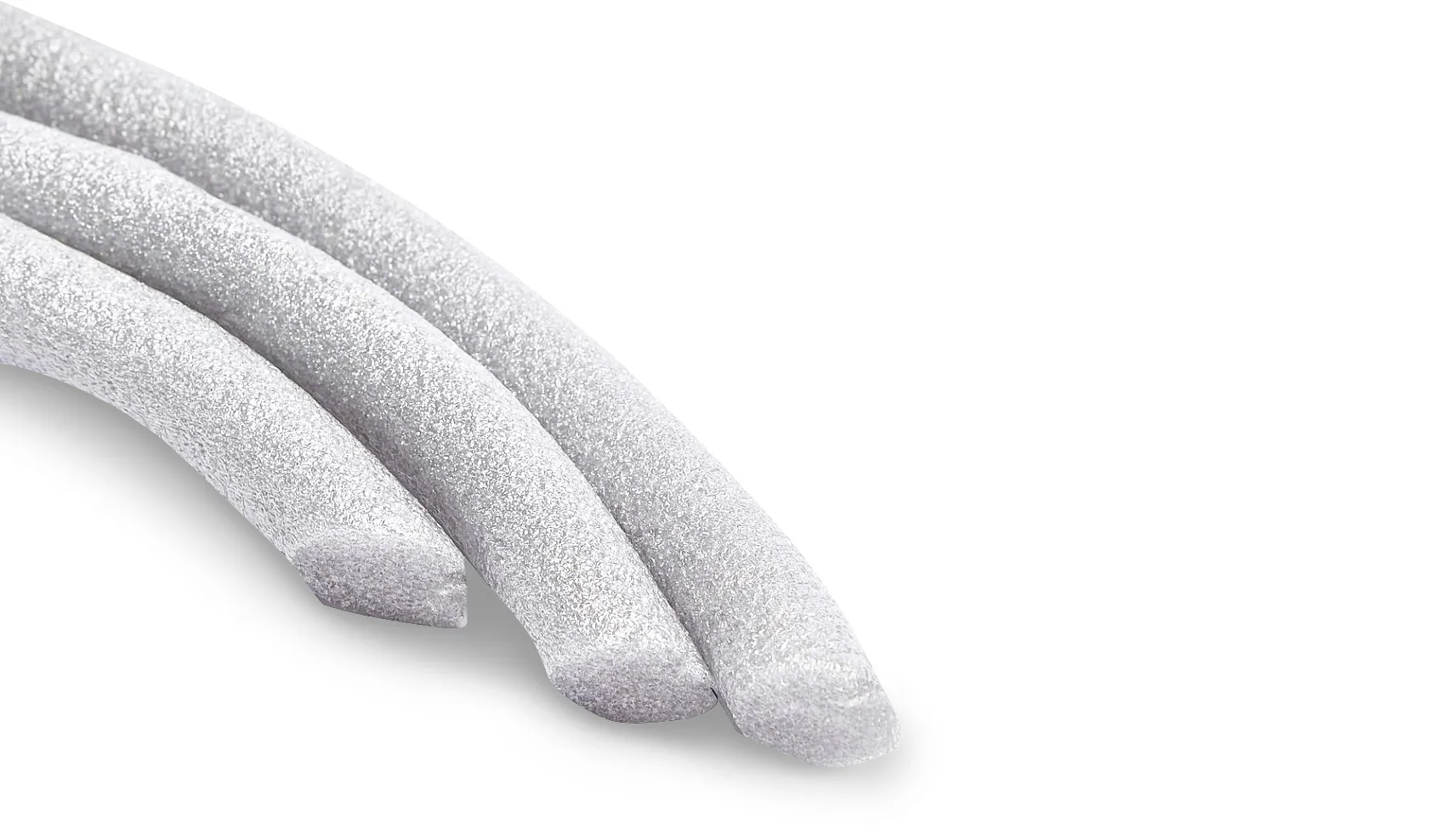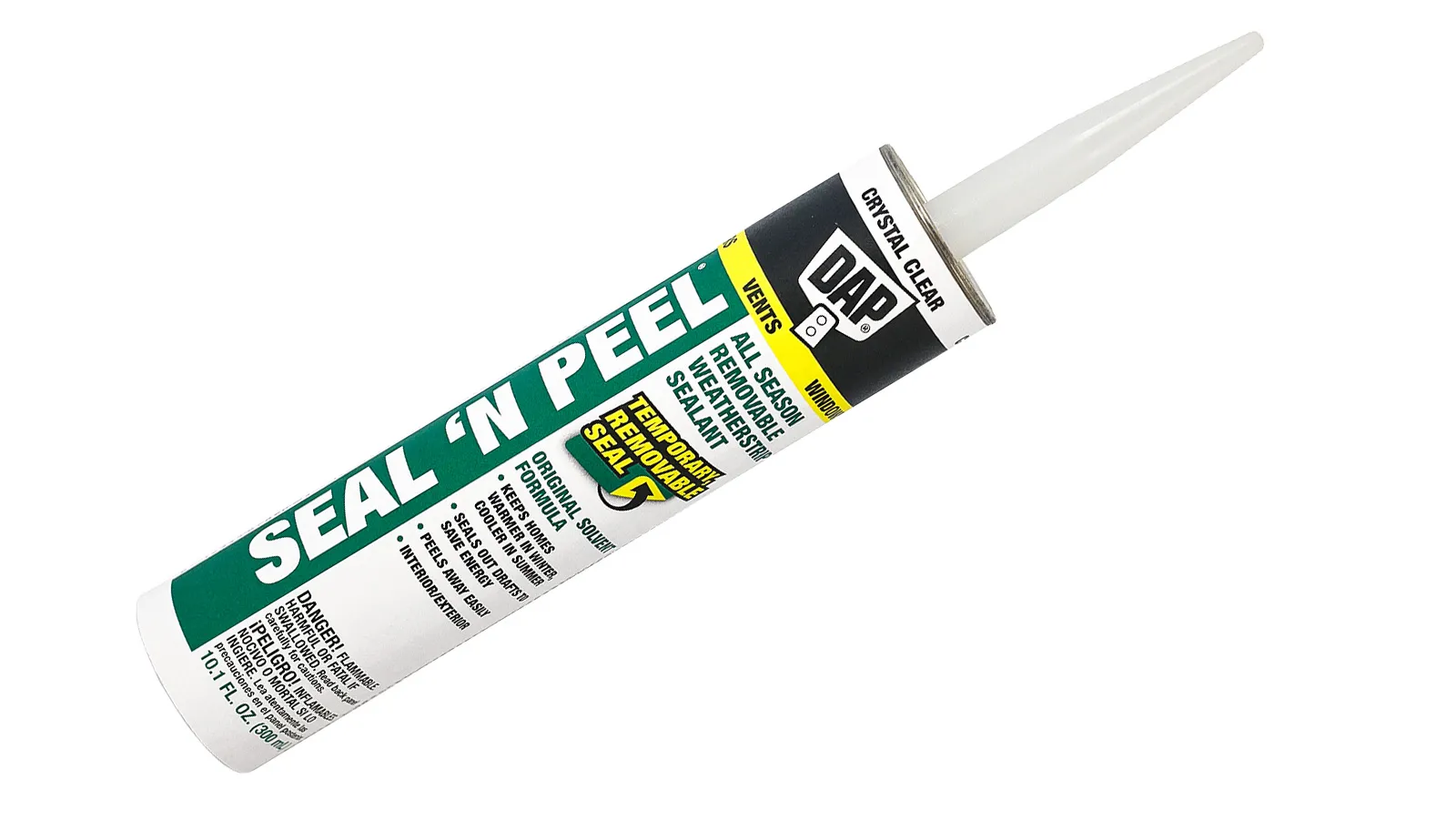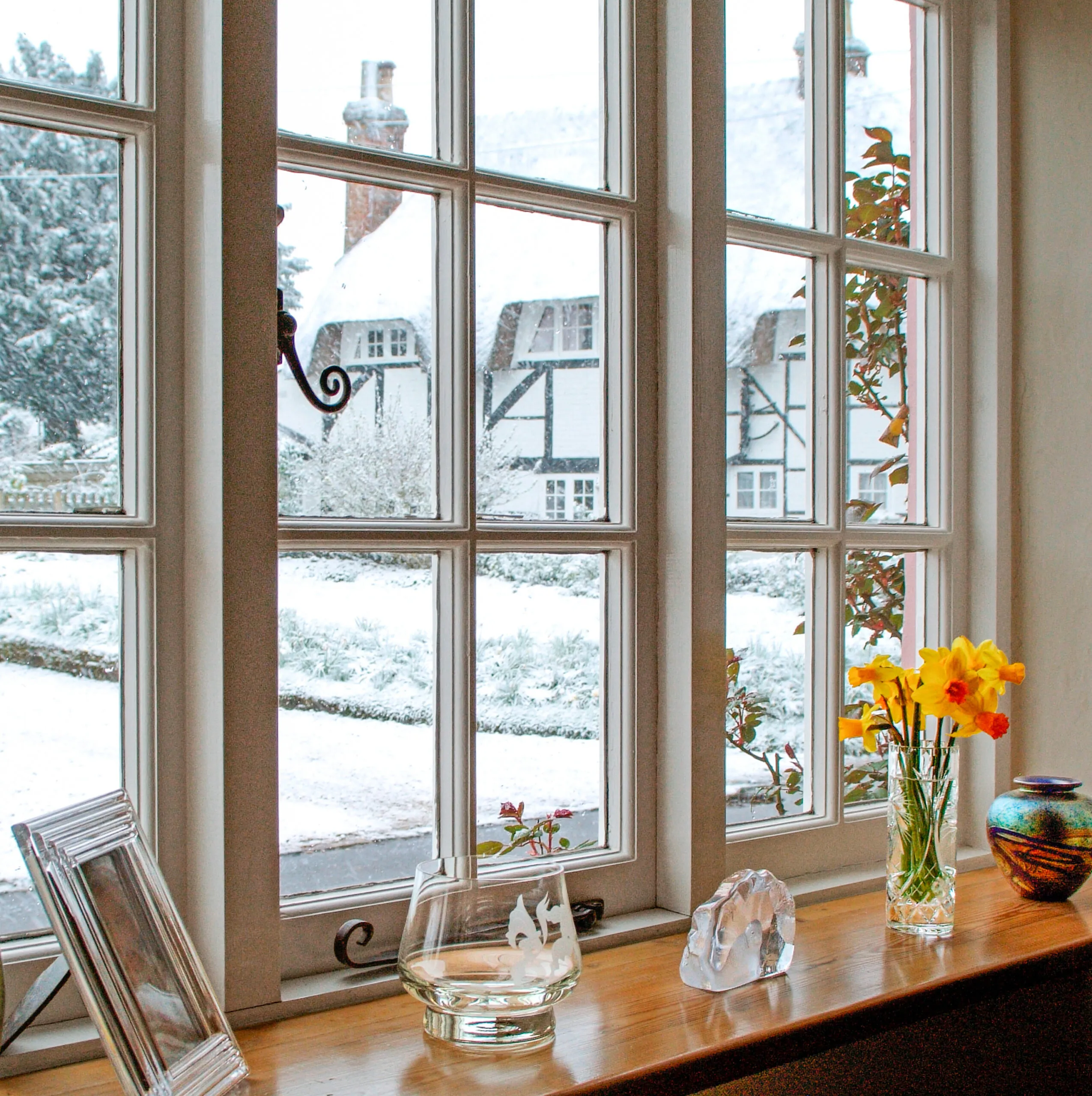As winter approaches, homeowners often battle drafts and cold air seeping through gaps around their windows. These small openings can lead to significant energy loss and increased heating costs. Fortunately, there are several effective methods to seal these gaps and improve your home’s energy efficiency. This article will explore solutions to help you mind those window gaps and keep your home warm and cozy throughout the colder months.
Rope Caulk for Window Gaps

Rope caulk is a versatile and easy-to-use solution for sealing window gaps. This clay-like material comes in ribbon form and is available in gray or brown colors to match your window frames. Here’s what you need to know about rope caulk:
- Application: Simply peel off as many 1/8-inch strips as needed to fill the gap and press them firmly into place. The strips conform to the shape of the gap for an effective seal.
- Cost-effective: Mortite Weatherstrip and Caulking Cord, a popular brand, costs about $6 for a 90-foot roll; Frost King.
- Residue-free: One of the main advantages of rope caulk is that it leaves no residue when removed.
- Reusability: While the applied strips aren’t reusable, the unused portion has a shelf life of four to five years, making it an economical option.
Rope caulk is an excellent choice for temporary sealing, especially in rental properties or for seasonal use. Its ease of application and removal makes it a favorite among homeowners looking for a quick fix to drafty windows.
Foam Backer Rods for Window Gaps

Foam backer rods offer another effective solution for filling gaps around windows. These closed-cell polyethylene rods provide excellent insulation and are helpful for more significant gaps. Here are some key points about foam backer rods:
- Compatibility: They pair with caulk or other sealants for added insulation.
- Cost: Poly Foam Caulk Saver, a common brand, starts at about $5 for 20 feet; Amazon.
- Nonadhesive: Unlike some other gap-filling products, foam backer rods are not sticky. They’re simply pressed into place, making them easy to adjust.
- Reusability: You can reuse these rods if they don’t deform from being jammed too tightly into a gap.
- Variety of sizes: Available in a range of diameters, starting at 3/8 of an inch, to fit various gap sizes.
Foam backer rods are ideal for filling larger gaps and work with other sealing methods for maximum effectiveness. They’re instrumental when you require a deeper fill before applying caulk or other sealants.
Removable Caulk for Window Gaps

Removable caulk is a popular choice for a more professional-looking solution that you can still easily remove. This type of sealant offers several benefits:
- Application: Using a caulk gun, squeeze a bead of this sealant into cracks up to 1/4 of an inch wide. Be sure to apply it evenly for a smooth finish.
- Appearance: The clear, rubbery bead provides a neat and tidy finish that blends well with most window frames.
- Cost: Seal ‘N Peel Removable Weatherstrip Sealant costs about $10 for a 10. 1-ounce tub; DAP.
- Coverage: One tube typically covers up to 56 feet of gaps, providing ample material for multiple windows.
- Seasonal use: The sealant stays in place until you pull it off in the spring, making it perfect for seasonal weatherproofing.
Removable caulk is an excellent choice for homeowners who want a more polished look without committing to a permanent solution. It’s particularly useful for older homes where window frames may shift slightly with seasonal changes, allowing for easy adjustments.
Additional Window Gap Sealing Methods
While the methods mentioned above are effective, other options are available for sealing window gaps. These methods provide various advantages and can be more suitable for certain types of windows or specific situations.
- Draft snakes: These long, fabric tubes filled with insulating material can be placed along windowsills to block drafts. You can easily move them, and they offer a quick solution for particularly drafty areas.
- Shrink film: This plastic film is applied to the interior of windows using double-sided tape and then heated with a hair dryer to shrink and create a tight seal, providing an additional barrier against cold air.
- Weatherstripping: Adhesive-backed foam tape or V-seal weatherstripping can be applied to the edges of window sashes for a tight seal, helping to prevent drafts and improve insulation.
Each method has advantages and may be more suitable for certain types of windows or specific situations, providing you with a range of options based on your needs.
Importance of Proper Window Maintenance
Inspect your windows at least twice a year, focusing on the seals and frames for signs of wear or damage. Thoroughly clean the tracks and frames to remove dirt and debris, which can hinder proper operation and cause gaps or malfunctions.
Lubricate moving parts, such as hinges and locks, with a silicone-based lubricant to keep them moving smoothly and prevent sticking. Additionally, replace worn weatherstripping when necessary, as it can become compressed or damaged over time. This will help maintain a tight seal and improve your home’s energy efficiency.
Our Conclusion
Minding window gaps is necessary for home maintenance and can significantly impact your comfort and energy bills. Sealing these gaps with rope caulk, foam backer rods, removable caulk, or other methods can make a noticeable difference in your home’s warmth and efficiency.

